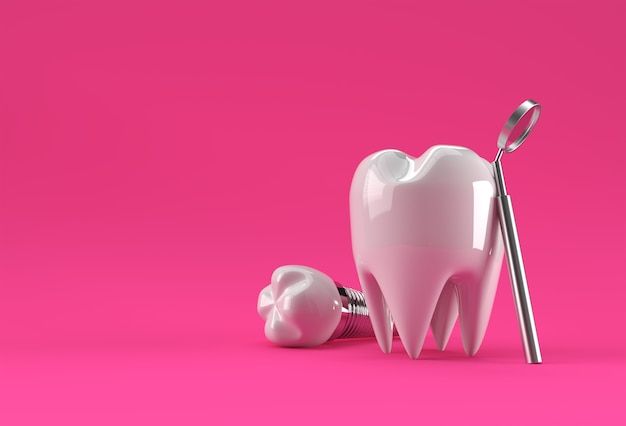Tooth extraction is a dental procedure in which a tooth is removed from its socket in the bone. This can be necessary for a variety of reasons, including severe decay, infection, crowding, or trauma. Here’s an overview of the process, reasons, preparations, and post-procedure care.

1. Reasons for Tooth Extraction
Tooth Decay or Infection: When a tooth is severely decayed or infected, extraction may be needed to prevent the infection from spreading.
Crowding: Orthodontic treatments, such as braces, sometimes require the removal of a tooth to align teeth properly.
Impacted Teeth: Wisdom teeth are often impacted, meaning they do not fully emerge from the gums and may require extraction.
Periodontal (Gum) Disease: Severe gum disease can damage the supporting tissues and bone, making extraction necessary.
2. Types of Tooth Extractions
Simple Extraction: This is performed on a tooth that is visible in the mouth and usually involves loosening the tooth with an instrument called an elevator, then removing it with forceps.
Surgical Extraction: For teeth that are not visible (e.g., impacted teeth), an oral surgeon makes an incision in the gum to access and remove the tooth.
3. Preparation
Examination: The dentist will take X-rays to evaluate the position and condition of the tooth.
Medical History: You’ll need to inform the dentist of any medications, supplements, or existing medical conditions.
Anesthesia: Local anesthesia is usually administered for a simple extraction, while surgical extractions may require sedation or general anesthesia.
4. Procedure
Simple Extraction: After numbing the area, the dentist loosens the tooth with an elevator and then removes it with forceps.
Surgical Extraction: The oral surgeon makes an incision in the gum, may remove bone around the tooth, and extracts it in sections if necessary.
5. Aftercare
Bleeding Control: You’ll bite down on gauze to help stop bleeding, which should subside within a few hours.
Pain Management: Over-the-counter pain relievers or prescribed medications help with pain and swelling.
Avoid Rinsing: For the first 24 hours, avoid rinsing your mouth to prevent dislodging the blood clot.
Diet: Soft foods are recommended for the first few days, and avoid using straws, as the suction can disturb the clot.


